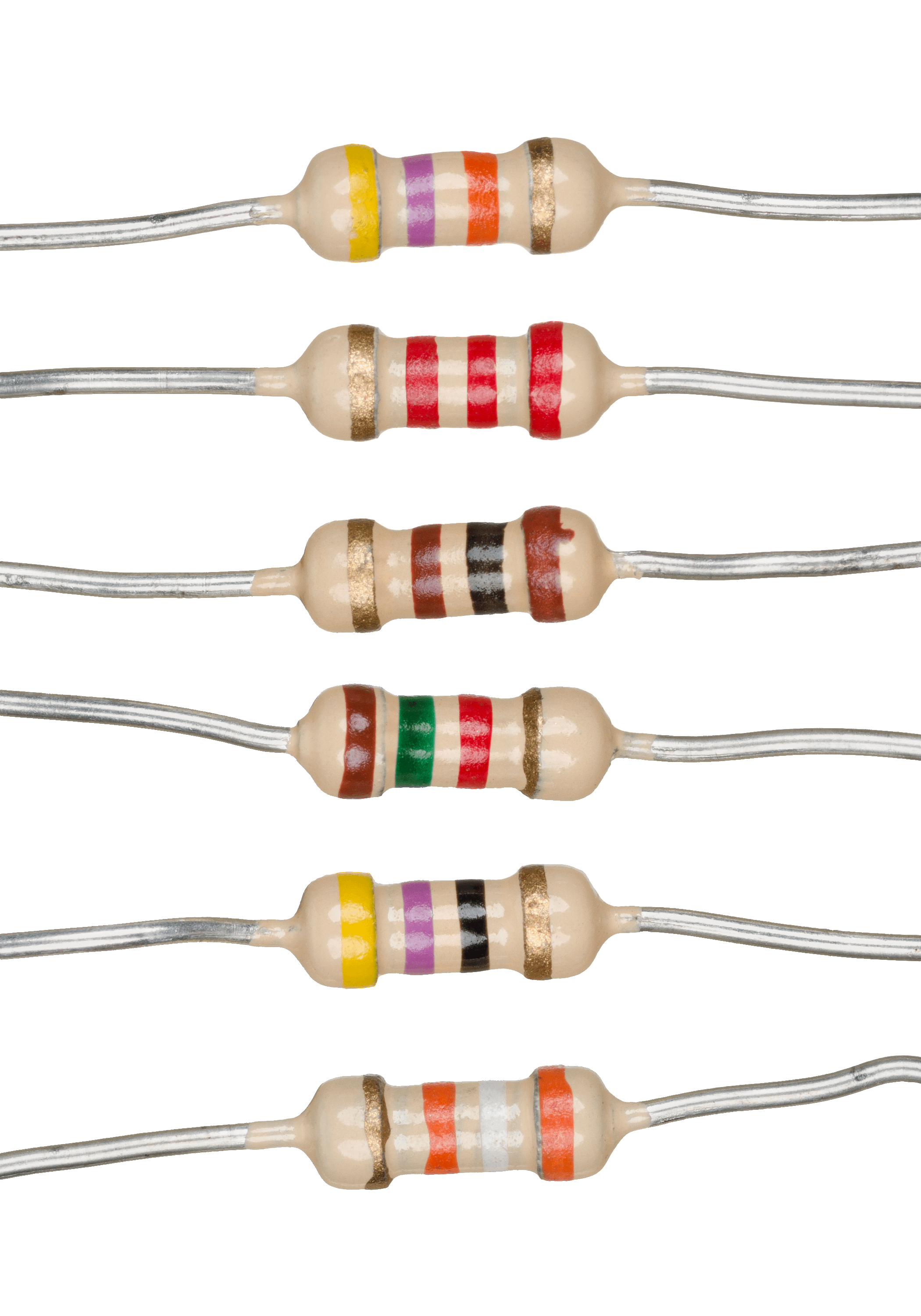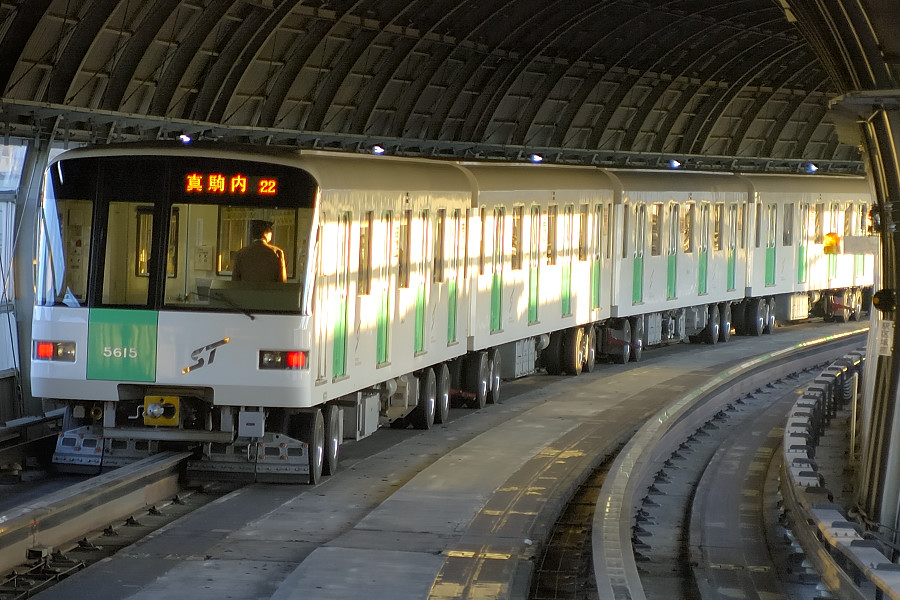|
Sapporo Municipal Subway 5000 Series
The is a DC electric multiple unit (EMU) rubber-tyred metro train type operated by Sapporo Municipal Subway on the Namboku Line in the city of Sapporo, Japan, since October 1995. Design The trains are built by Kawasaki Heavy Industries and have aluminum bodies. Each car has four doors per side as opposed to two per side as seen on the older 2000 series and 3000 series cars. The 5000 series cars remain the only cars on the entire subway system with four doors. The 5000 series use VVVF inverter control using insulated-gate bipolar transistor technology as opposed to the chopper control on the 3000 series and resistor A resistor is a passive two-terminal electrical component that implements electrical resistance as a circuit element. In electronic circuits, resistors are used to reduce current flow, adjust signal levels, to divide voltages, bias active el ... control on the 2000 series, which helps to reduce power consumption and maintenance costs. Formations The 5000 ... [...More Info...] [...Related Items...] OR: [Wikipedia] [Google] [Baidu] |
Kawasaki Heavy Industries
(or simply Kawasaki) is a Japanese public multinational corporation manufacturer of motorcycles, engines, heavy equipment, aerospace and defense equipment, rolling stock and ships, headquartered in Chūō, Kobe and Minato, Tokyo, Japan. It is also active in the production of industrial robots, gas turbines, pumps, boilers and other industrial products. The company is named after its founder, Shōzō Kawasaki. KHI is known as one of the three major heavy industrial manufacturers of Japan, alongside Mitsubishi Heavy Industries and IHI. Prior to the Second World War, KHI was part of the Kobe Kawasaki '' zaibatsu'', which included Kawasaki Steel and Kawasaki Kisen. After the conflict, KHI became part of the DKB Group (''keiretsu''). History Shōzō Kawasaki, born in 1836, was involved with the marine industry from a young age. He was involved with two offshore disasters but accredited his survival to the modernization of the ships. This led to the decision to create te ... [...More Info...] [...Related Items...] OR: [Wikipedia] [Google] [Baidu] |
Electric Multiple Unit
An electric multiple unit or EMU is a multiple-unit train consisting of self-propelled carriages using electricity as the motive power. An EMU requires no separate locomotive, as electric traction motors are incorporated within one or a number of the carriages. An EMU is usually formed of two or more semi-permanently coupled carriages, but electrically powered single-unit railcars are also generally classed as EMUs. The great majority of EMUs are passenger trains, but versions also exist for carrying mail. EMUs are popular on commuter and suburban rail networks around the world due to their fast acceleration and pollution-free operation. Being quieter than diesel multiple units (DMUs) and locomotive-hauled trains, EMUs can operate later at night and more frequently without disturbing nearby residents. In addition, tunnel design for EMU trains is simpler as no provision is needed for exhausting fumes, although retrofitting existing limited-clearance tunnels to accommodate th ... [...More Info...] [...Related Items...] OR: [Wikipedia] [Google] [Baidu] |
Electric Multiple Units Of Japan
Electricity is the set of physical phenomena associated with the presence and motion of matter that has a property of electric charge. Electricity is related to magnetism, both being part of the phenomenon of electromagnetism, as described by Maxwell's equations. Various common phenomena are related to electricity, including lightning, static electricity, electric heating, electric discharges and many others. The presence of an electric charge, which can be either positive or negative, produces an electric field. The movement of electric charges is an electric current and produces a magnetic field. When a charge is placed in a location with a non-zero electric field, a force will act on it. The magnitude of this force is given by Coulomb's law. If the charge moves, the electric field would be doing work on the electric charge. Thus we can speak of electric potential at a certain point in space, which is equal to the work done by an external agent in carrying a u ... [...More Info...] [...Related Items...] OR: [Wikipedia] [Google] [Baidu] |
Resistor
A resistor is a passive two-terminal electrical component that implements electrical resistance as a circuit element. In electronic circuits, resistors are used to reduce current flow, adjust signal levels, to divide voltages, bias active elements, and terminate transmission lines, among other uses. High-power resistors that can dissipate many watts of electrical power as heat may be used as part of motor controls, in power distribution systems, or as test loads for generators. Fixed resistors have resistances that only change slightly with temperature, time or operating voltage. Variable resistors can be used to adjust circuit elements (such as a volume control or a lamp dimmer), or as sensing devices for heat, light, humidity, force, or chemical activity. Resistors are common elements of electrical networks and electronic circuits and are ubiquitous in electronic equipment. Practical resistors as discrete components can be composed of various compounds and forms. R ... [...More Info...] [...Related Items...] OR: [Wikipedia] [Google] [Baidu] |
Chopper (electronics)
In electronics, a chopper circuit is any of numerous types of electronic switching devices and circuits used in power control and signal applications. A chopper is a device that converts fixed DC input to a variable DC output voltage directly. Essentially, a chopper is an electronic switch that is used to interrupt one signal under the control of another. In power electronics applications, since the switching element is either fully on or fully off, its losses are low and the circuit can provide high efficiency. However, the current supplied to the load is discontinuous and may require smoothing or a high switching frequency to avoid undesirable effects. In signal processing circuits, use of a chopper stabilizes a system against drift of electronic components; the original signal can be recovered after amplification or other processing by a synchronous demodulator that essentially un-does the "chopping" process. Comparison (step down chopper and step up chopper) Comparison bet ... [...More Info...] [...Related Items...] OR: [Wikipedia] [Google] [Baidu] |
Sapporo
( ain, サッ・ポロ・ペッ, Satporopet, lit=Dry, Great River) is a city in Japan. It is the largest city north of Tokyo and the largest city on Hokkaido, the northernmost main island of the country. It ranks as the fifth most populous city in Japan. It is the capital city of Hokkaido Prefecture and Ishikari Subprefecture. Sapporo lies in the southwest of Hokkaido, within the alluvial fan of the Toyohira River, which is a tributary stream of the Ishikari. It is considered the cultural, economic, and political center of Hokkaido. As with most of Hokkaido, the Sapporo area was settled by the indigenous Ainu people, beginning over 15,000 years ago. Starting in the late 19th century, Sapporo saw increasing settlement by Yamato migrants. Sapporo hosted the 1972 Winter Olympics, the first Winter Olympics ever held in Asia, and the second Olympic games held in Japan after the 1964 Summer Olympics. Sapporo is currently bidding for the 2030 Winter Olympics. The Sapporo Dome ... [...More Info...] [...Related Items...] OR: [Wikipedia] [Google] [Baidu] |
Rubber-tyred Metro
A rubber-tyred metro or rubber-tired metro is a form of rapid transit system that uses a mix of road and rail technology. The vehicles have wheels with rubber tires that run on rolling pads inside guide bars for traction, as well as traditional railway steel wheels with deep flanges on steel tracks for guidance through conventional switches as well as guidance in case a tyre fails. Most rubber-tyred trains are purpose-built and designed for the system on which they operate. Guided buses are sometimes referred to as 'trams on tyres', and compared to rubber-tyred metros. History The first idea for rubber-tyred railway vehicles was the work of Scotsman Robert William Thomson, the original inventor of the pneumatic tyre. In his patent of 1846 he describes his 'Aerial Wheels' as being equally suitable for, "the ground or rail or track on which they run". The patent also included a drawing of such a railway, with the weight carried by pneumatic main wheels running on a flat boa ... [...More Info...] [...Related Items...] OR: [Wikipedia] [Google] [Baidu] |
Guide Rail
A guide rail is a device or mechanism to direct products, vehicles or other objects through a channel, conveyor, roadway or rail system. Several types of guide rails exist and may be associated with: * Factory or production line conveyors * Power tools, such as table saws * Elevator or lift shafts * Roadways and bridges (in this context sometimes called Guard rails (railroad), guardrails) * A central rail that guides the rubber tired train of a Rubber-tyred metro#Technology, rubber tired metro Factory guide rail Most factories use guide rails convey products and component parts along an assembly line. This conveyor system propels products of various sizes, shapes, and dimensions through the factory over the course of their assembly. Power tool guide rail Accessory to a power tool, such as a straight, swivel or angle jig for a circular saw, and can also referred to as a fence. The guide rail system provides an acute method of cutting material. Elevator shaft guide rail Guide ... [...More Info...] [...Related Items...] OR: [Wikipedia] [Google] [Baidu] |
Sapporo Municipal Subway
The is a mostly-underground rubber-tyred rapid transit system in Sapporo, Hokkaido, Japan. Operated by the Sapporo City Transportation Bureau, it is the only subway system on the island of Hokkaido. Lines The system consists of three lines: the green Namboku Line (North-South line), orange Tozai Line (East-West line), and blue Tōhō Line (North East Line). The first, the Namboku Line, was opened in 1971 prior to the 1972 Winter Olympics. The Sapporo City Subway system operates out of two main hubs: Sapporo Station and Odori Station. Most areas of the city are within a reasonable walking distance or short bus ride from one of the subway stations. The three lines all connect at Odori Station and with the JR Hokkaido main lines at Sapporo Station. At Odori and Susukino stations, it connects to the streetcar (tram) above. The system has a total length of 48 km with 46 stations. Except for the section of the Namboku Line south of Hiragishi Station, the tracks and st ... [...More Info...] [...Related Items...] OR: [Wikipedia] [Google] [Baidu] |





